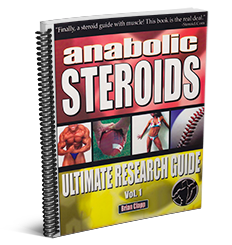Replacing 40% of dietary animal fat with vegetable oil is associated with lower HDL cholesterol and higher cholesterol ester transfer protein in cynomolgus monkeys fed sufficient linoleic acid.
Gupta SV, Yamada N, Fungwe TV, Khosla P.
Department of Nutrition and Food Science, Wayne State University, Detroit, MI 48202, USA.
This study was designed to evaluate whether replacing approximately 40 g/100 g dietary animal fat with vegetable oil would improve plasma lipids and lipoproteins when diets contained prudent levels of total saturated acid (SFA), monounsaturated acid (MUFA) and PUFA. Using a cross-over design, male Cynomolgus monkeys (n = 10) were fed purified diets containing a mixture of fats. For the diet based on animal fat (AF-diet), approximately 85 g/100 g of the total fat was derived from pork fat, and approximately 40 g/100 g of this was replaced with olive oil for the vegetable oil-based diet (VO-diet). Thus, the fat content of the VO diet comprised 50% pork fat and 35% olive oil. The remaining 15% of the total fat (for both diets) was safflower oil. Both diets provided approximately 30% of total energy (%en) from fat, <10%en SFA and approximately 6-7%en from PUFA. Monkeys were rotated through two 7-wk feeding periods, during which time plasma lipids and lipoproteins were evaluated.
Compared with the AF diet, plasma total cholesterol (TC) concentrations tended to be lower ( approximately 10%) after monkeys consumed the VO diet (3.18 +/- 0.83 vs. 3.52 +/- 0.93 mmol/L, P = 0.099), and this was due entirely to a significant 12% reduction in HDL cholesterol (1.53 +/- 0.41 vs. 1.73 +/- 0.47, mmol/L, P = 0.0009). Although plasma lipoprotein compositional analyses revealed no significant differences in either lipoprotein composition or the estimated particle diameters, the measurement of cholesterol ester transfer protein (CETP) using (3)H-cholesterol ester-labeled HDL revealed that the lower HDL cholesterol (HDL-C) when monkeys consumed the VO diet was associated with a 31% increase in transfer (P = 0.04). However, despite the changes in HDL-C, the TC/HDL-C ratio did not differ between monkeys after the two diet treatments. Regression analyses of data from these monkeys revealed a significant correlation between the dietary 16:0/18:2 ratio and plasma HDL-C. These data suggest that within the context of currently recommended prudent diets, it may be possible to manipulate HDL-C beneficially. Whether a similar effect would occur in humans warrants investigation.
PMID: 12888644 [PubMed - indexed for MEDLINE]





 Reply With Quote
Reply With Quote
 )
)





